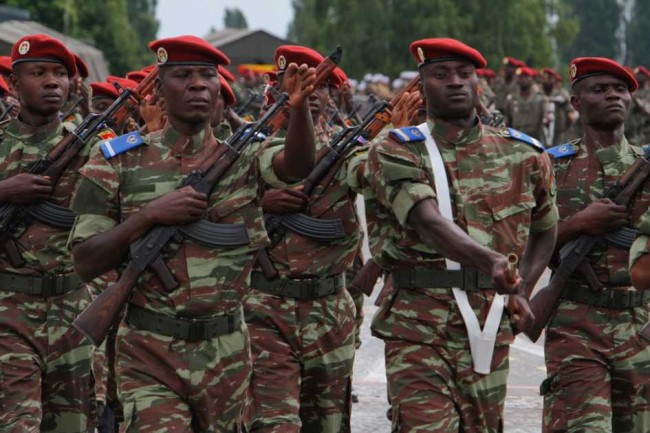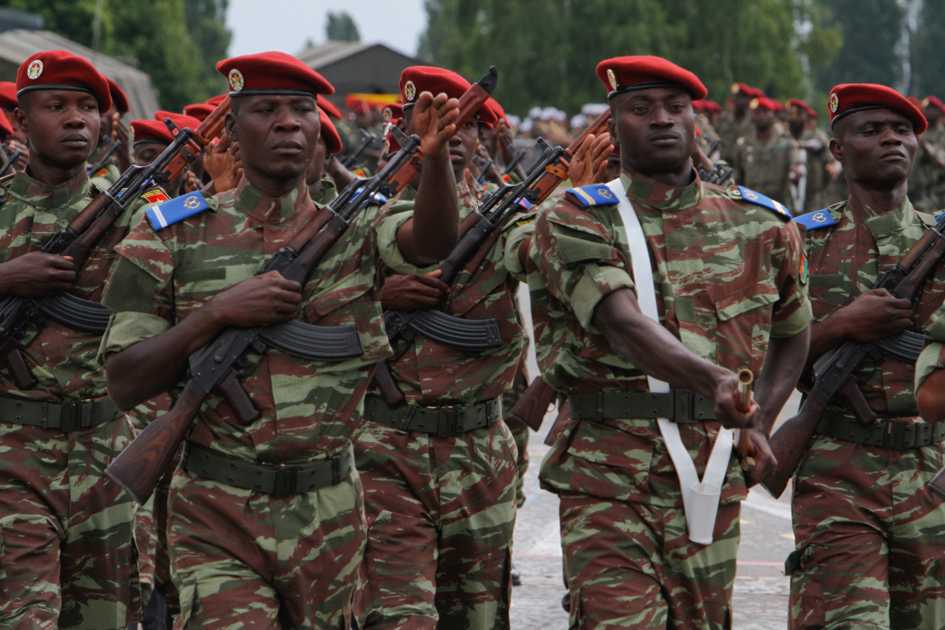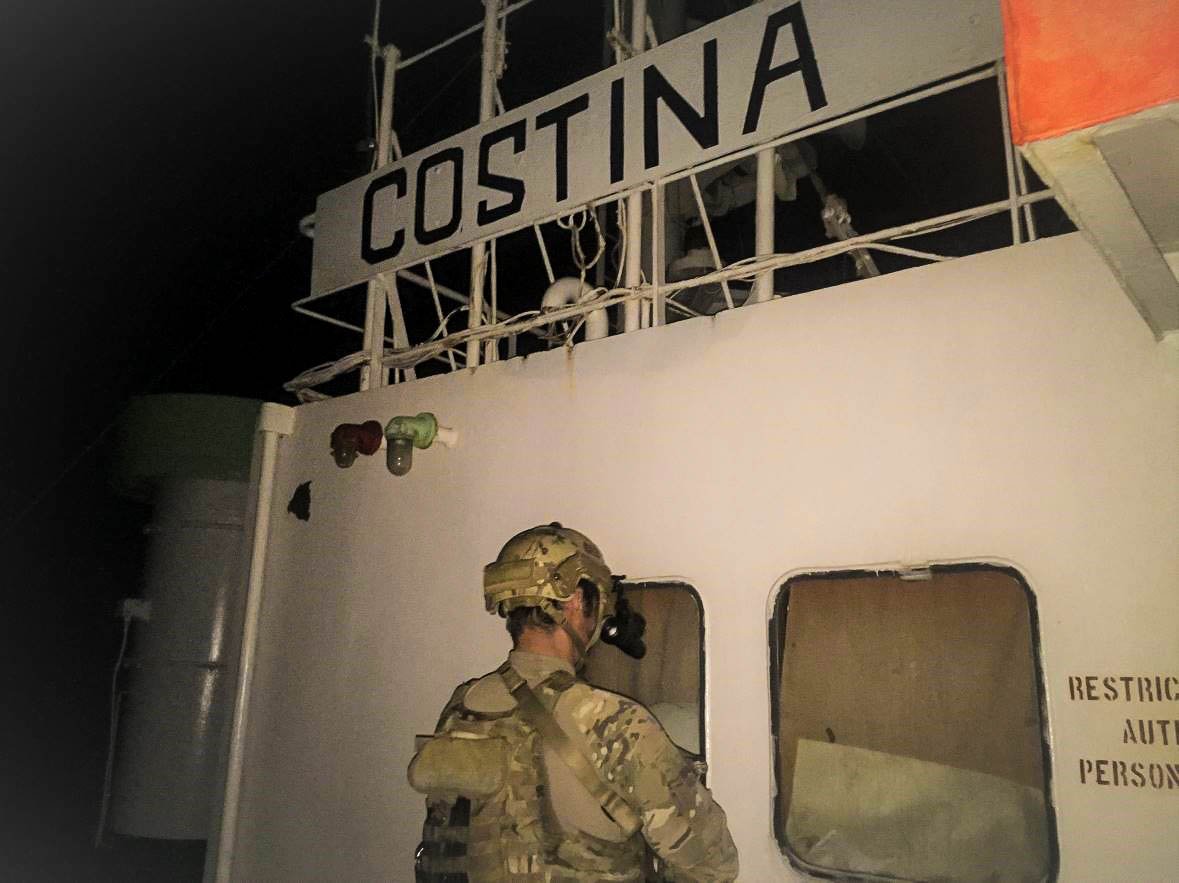The PSDC Niger operation: five threats hanging over the country. Mission objectives

(BRUSSELS2, exclusive) The crisis management concept (CMC) that the foreign ministers of the "23" could adopt on March 27 should focus - as announced on B2 - on Niger. It should be a civilian mission, of about forty people according to the information gathered. The operation plan has yet to be finalized.
According to the CMC project read by B2, it is the north of the country that is particularly targeted. A region marked by chronic poverty, underdevelopment and food insecurity; one of the poorest regions of the world. The Libyan crisis has further exacerbated and increased the risk of violence in the region.
Mission objective
An assessment mission from the Commission and the Diplomatic Service visited Niger last January. The European mission should aim to increase the capacity of the Nigerien forces - dependent on the Ministry of the Interior - to fight against terrorism as well as organized crime, and to regain control of the State in the northern region of the country. The objective is to develop and operationalize the security dimension of the strategy put in place by Niger. The government has in fact adopted its own "security and development" strategy for this part of the country, placed under the political direction directly of the Prime Minister. And he invited the European authorities to deploy a mission.
The mission would have three components: training, assistance and advice. The mission would also have the function of being able to identify certain projects - which could benefit from European funding - to plan them and monitor their implementation, possibly in conjunction with the bilateral actions of the Member States (or other countries) . It should be small in size, around a small team of 40 people, according to information collected by B2.
The risks threatening the country
Some risks are linked to "terrorist" movements (AQIM, Boko Haram), which have appeared fairly recently, others to movements of national minorities, recurrent in the region, others to the Libyan situation (with the return of combatants and immigrant workers).
1° AQIM (Al Quaida in the Islamic Maghreb) has seen its numbers reduced. But its militants - about 300 people in northern Mali - constitute one of the main security risks for the region. The kidnapping of Westerners has reduced tourism drastically. It is well established in Mali - where it often replaces the State in various attributions. It reportedly has no permanent bases in northern Niger, where it leads incursions.
2° Boko Haram (BH), the active movement in Northern Nigeria, also constitutes a threat for Niger. It leads to the displacement of people and refugees on the southern border. There is no proof of a link between Boko Haram and AQIM but periodic contacts have been observed on the spot.
3° The Tuareg movement. After the rebellion in the north of the country in 2007-2009, efforts were made to reintegrate the Tuaregs into political and social life. but some remain outside this movement. "The failure to implement certain measures and the negative influence of events in Mali could lead to the rebirth of this conflict", specifies one on the European side. The MNLA - movement for the liberation of Azawad) present in Mali and which has several pro-Gaddafi fighters within it, has launched several attacks against the Malian forces.
4° Trafficking networks of all kinds. Weapons, drugs, human trafficking… the region is crossed by several criminal networks. The "owners of these networks" use groups of former combatants, Tuaregs and Toubou, for transport and escorts. “No permanent base has been identified in Niger”; but the free movement in the northern region facilitates trafficking.
5° Former pro-Gaddafi fighters returned from Libya. This is undoubtedly one of the main and most urgent challenges ". While some seem to be reintegrating into civilian life, others “with a good knowledge of the terrain and good military skills want to remain armed, ready to engage in banditry or other criminal activities”.
6° The increase in arms, ammunition and explosives in circulation has increased since the conflict in Libya. A part circulates in the networks; others - in "considerable" numbers - remain hidden in the mountainous region of Aïr.
Finally, there is another risk that of Nigerien workers returning from Libya. The number is estimated at 200.000. Their return to an extremely poor region increases its vulnerability. Especially since they often survived thanks to the sums sent by immigrant workers. This risk has gradually diminished since the nationwide dispersal.
The forces of Niger
Niger's three forces - the Gendarmerie, the National Police and the National Guard - like the army (land and air) are involved in the fight against these threats. The Ministry of the Interior has prepared a unique approach to its various forces. And it also seems necessary - according to the Europeans - to rationalize all the initiatives a little. Between the central counter-terrorism service, the intervention groups, the training centre, etc., there may be a need for clearer identification, evaluation and reinforcement if necessary.
But the control of the territory and the borders extending over several hundreds of km, often desert is difficult. Two operations mobilizing around 2500 soldiers were deployed on the border with Mali and Libya, and to secure the mines (uranium and oil), which are precious for the country's economy.
European projects already carried out
The European Union is already financing certain actions in Niger, via the support program for justice and the rule of law (PAJED). Pajed II thus includes a security component of 2,3 million euros (out of an amount of 15 million) for the period 2011-2014, making it possible in particular to support the investigation and police services of the three security forces. A budget of 5 million euros has been released within the framework of the "Sahel" strategy.
Two other projects are carried out within the framework of the Instrument for Stability: in the short term, to alleviate insecurity and the consequences of the Libyan crisis, with the strengthening of local police teams and control of illicit arms, in the Agadez region. Another in the longer term, to strengthen the criminal justice system, anti-terrorism, in connection with identical projects carried out in Mali and Mauritania, with in particular the development of a "Sahelian Security College" aimed at developing an approach cooperation and the rule of law. These programs are not carried out directly by the European Union but by different agencies (UNDP, ICRC … and a European consortium led by Civipol).
Some States active bilaterally, from the EU or … not
Various countries are also carrying out bilateral action: France with a military assistance mission (which should increase from 4 to 12 million euros); Spain which has an Immigration control project in the Western Sahel with an expert present in Niamey.
The United States also leads a program - TransSaharan Initiative - supporting the security forces and the army in the fight against terrorism, with logistical support and equipment (vehicles, border control equipment, communications, etc.).
Algeria is also active in the region with the establishment of a common structure, the CEMOC, with the three countries of the region (Mali, Mauritania, Niger). But its commitment to AQIM remains "very limited" according to European experts and "remains mainly concentrated on the border between Algeria and Mali". And it remains for the moment reluctant to open Cemoc to other countries. The only opening is the possibility of establishing links with the UFL - an intelligence fusion and liaison unit (UFL), based in Algiers.
Comment: we can notice that this action in Niger makes it possible to quickly start the mission in the Sahel which has, a little, dragged in the drawers of the High Representative. According to the commitments made, a plan should have been presented at the beginning of… 2011. But acting only in Niger will very quickly resemble scooping out the water with a sieve. An identical action should also take place on the other side of the border, in Mali. It's a bit more complicated than in Niger. And we understand very well the need to start the mission at one end, rather than waiting any longer. To have a complete and global action, this mission should be linked very quickly with the action of weapons recovery and border surveillance in Libya.
Read also:
- The PSDC Niger operation: 5 threats hanging over the country. Mission objectives
- The training of gendarmes in Niger, a challenge for the future EU "Sahel" mission
- The liberation operation goes wrong, the 2 European hostages killed
- European humanitarian aid to the Sahel doubled. 2 million people at risk



Comments closed.